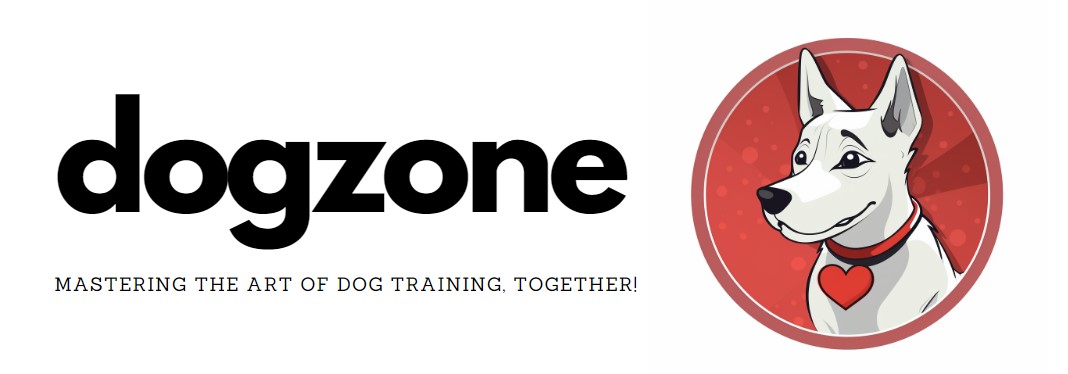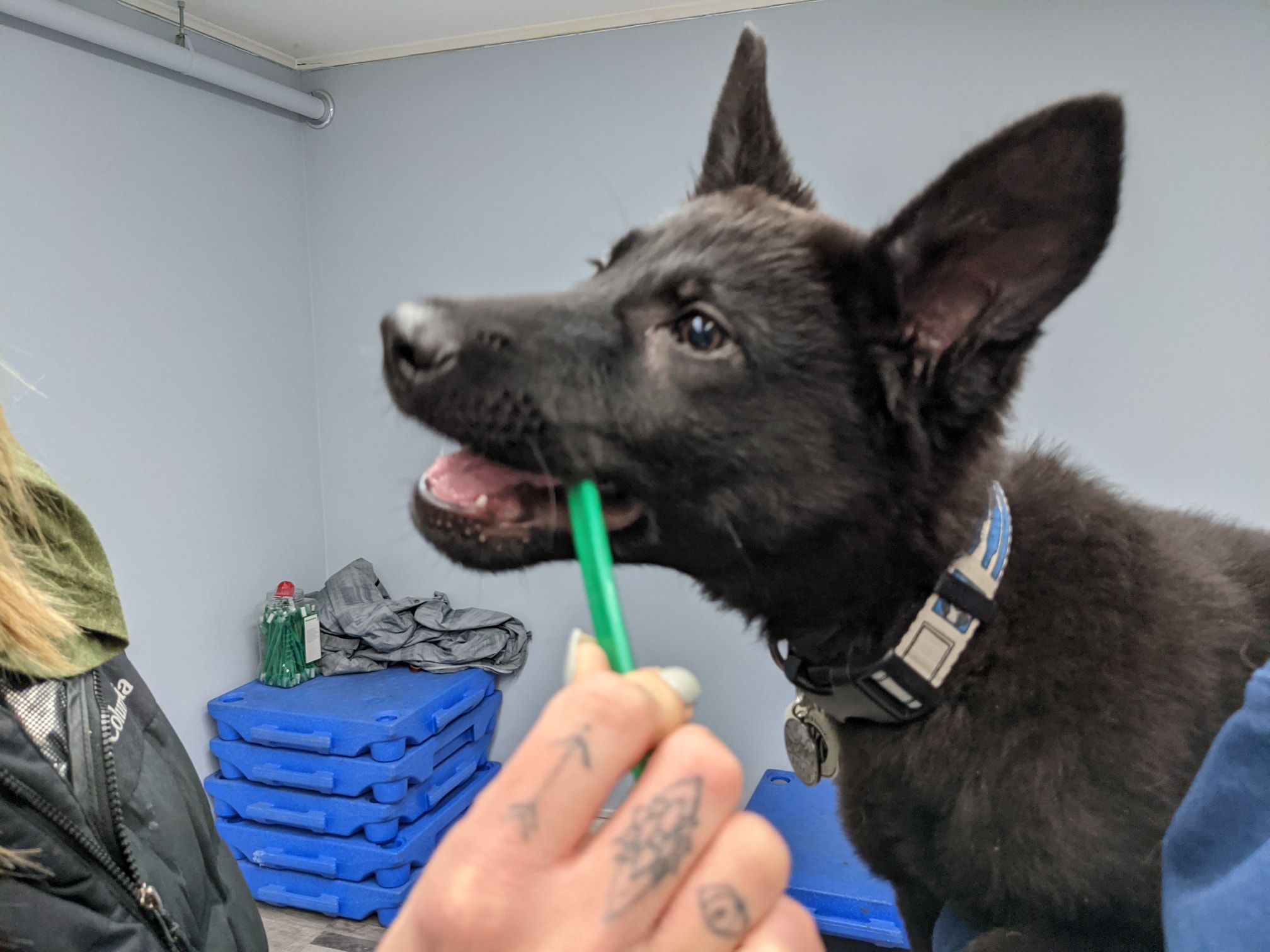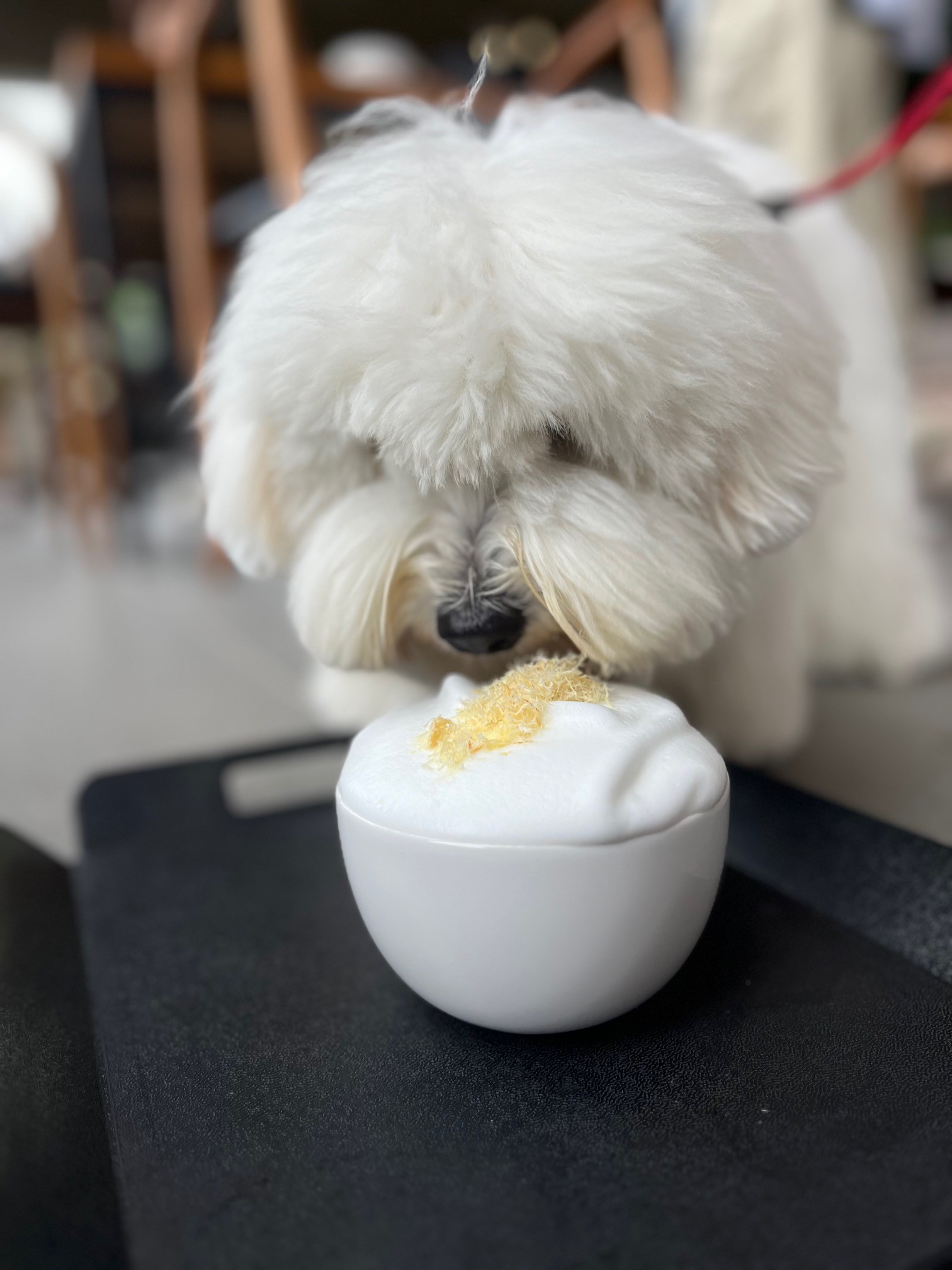Brushing your dog’s teeth is not as difficult as you image!
In this article we’ll cover an easy step-by-step guide on how to brush your dog’s teeth, plus why you need to take the dental health of your dog seriously.
First we’ll cover how to brush your dog’s teeth, but keep reading to find out if dental health dog biscuits really are effective or how raw meaty bones can lead to pristine dental health!
How to brush your dogs teeth (in simple steps!)
Firstly, pick an appropriate tooth brush. Children’s toothbrushes are too hard for dogs gums. Ideally your dog’s toothbrush will have a long handle, an angled head to better fit the mouth and extra soft bristles or alternatively, a finger toothbrush that fits over the tip of your finger.
Secondly, choose an appropriate toothpaste. Pet toothpastes contain enzymes that help control plaque. Human toothpastes containing baking soda, detergent or salt should be avoided. Specifically formulated Pet toothpastes incorporating fluoride or chlorhexidine will help to control bacteria.
Thirdly, get the brush and the toothpaste in your dog’s mouth. If approached in a gentle manner, most dogs will accept brushing. Starting when they are young will make it much easier, but even older, senior dogs, with quiet persistence, will accept the process. At first try using a facecloth or piece of towel to introduce your dog to the idea. Patiently wipe the teeth in the same manner you would as if using a toothbrush. Doing this twice daily for two weeks should familiarise your dog with the process. Then introduce the toothbrush or fingerbrush. When your dog accepts the brushing, introduce toothpaste.
Press the toothpaste into the toothbrush instead of leaving it on the top of the bristles. This allows the toothpaste to spend more time next to the teeth as opposed to introducing a large amount to one place in the mouth.
Place the bristles at a 45 degree angle where the teeth meet the gums . Brush the teeth in an oval pattern around the base of the teeth (where the teeth meet the gums) and also make sure to exert pressure in the spaces between the teeth. Most attention should be given to the outside surface of the teeth with at least ten short back and forth motions on all surfaces.
Actively brushing your dogs teeth daily using an enzymatic/antibacterial toothpaste will help reduce dental disease, bad breath and potential life threatening heart and kidney disease.
Hopefully that guide to brushing your dog’s teeth will be easy enough to follow. If you find yourself panicking don’t worry, just give it a go – you have nothing to lose and only better dental health for your dog to gain!
Dental care for your dog – How will a vet address dental health?
When a vet performs a dental prophylaxis on your dog it involves the use of an ultrasonic dental scaler to remove calculus (mineralized plaque) above and below the gumline, followed by polishing. This procedure, especially below the gumline is very important to prevent or reverse gum disease.
In some cases tooth extractions may have been required, and in most of those cases sutures have been placed in the gums. Your vet will provide pain relief appropriate to your dog’s needs and usually check the healing of the extraction sites in three days. This will usually be for no charge, but confirm with you vet if you don’t want unexpected extra charges.
Your dog may be sleepy for several hours following a dental procedure, depending upon the time of day they had their anaesthetic and on the amount of pain medication required. They should be kept quiet, at a comfortable temperature and away from small children and other pets until they have recovered fully. Small drinks of water and a small meal are usually appropriate. Where there have been teeth extractions, chopped or minced meat, rather than canned or dry food, is the best option until the extraction sites are healing well (usually just a few days).
Ongoing home care of your dog’s teeth following cleaning is highly desirable; otherwise there can be significant calculus accu mulation and ongoing gum disease within months.
Daily tooth brushing with special pet brushes and pastes is highly recommended and can be achieved in a surprising number of cases. Some notes on brushing your dog’s teeth are included at the top of this page.
Do dog biscuits really clean your dog’s teeth? And… What about bones?
Many modern dry dog foods are specially designed to help keep teeth clean (such as Hills t/d), but they are seldom effective enough on their own.
Raw, meaty bones of a size appropriate for your dog, are a great way of keeping their teeth clean, providing the bones are offered often enough (three times a week) and are chewed on for long enough to remove plaque and calculus.
Related: Are chicken bones bad for dogs?
Changing the chewing habits of some mature dogs, especially of smaller breeds, can be a challenge, but you can teach an older dog new tricks!
Alternatively, there are a large range of chewable toys and treats which may help to keep teeth clean. I use the term “may” loosely, and in all cases it’s well worth investing in a decent quality toy such as Kong. In terms of dental treats there is a good guide on Pet Food Reviews, and pay specific attention to the deer shanks from ZIWI Peak.
Like all other important medical issues for your dog, maintaining clean teeth needs to be individualised for each patient. If in doubt, your vet would be only too happy to discuss your dog’s needs at all times.



Leave a Reply